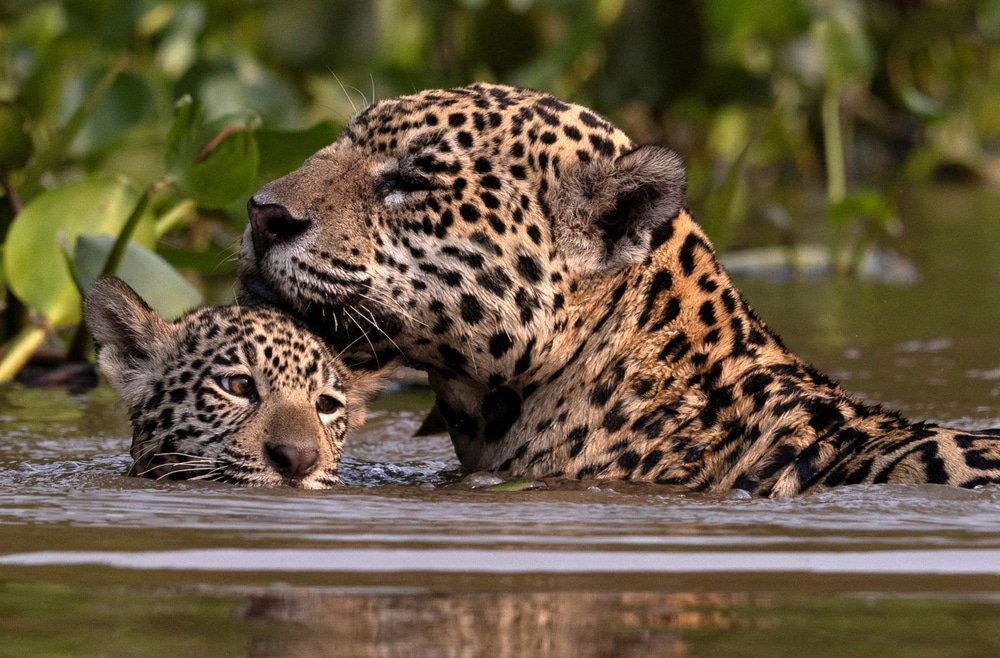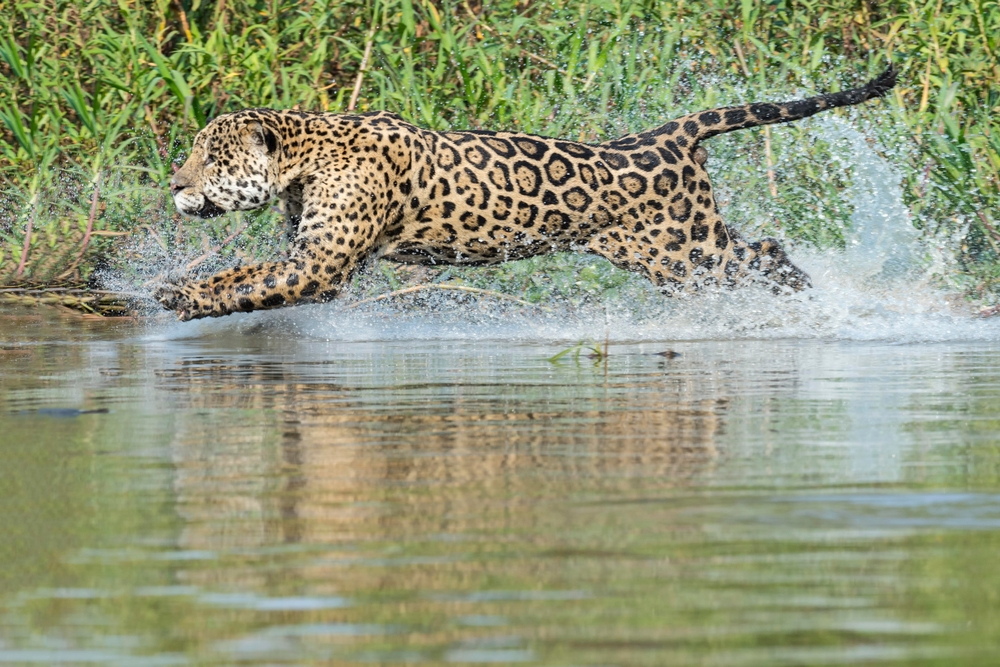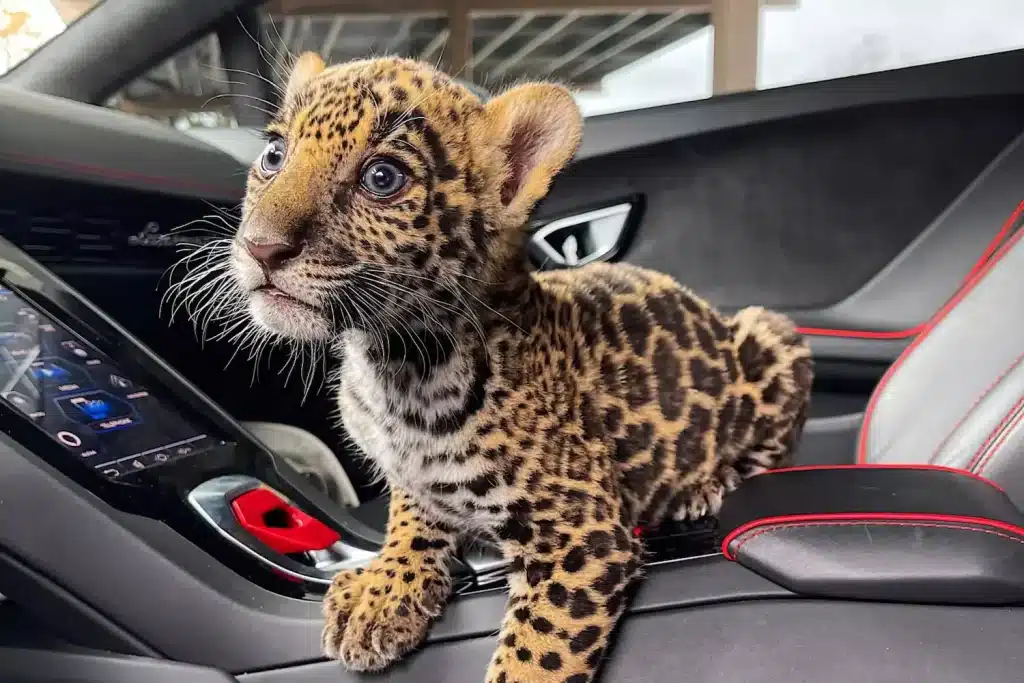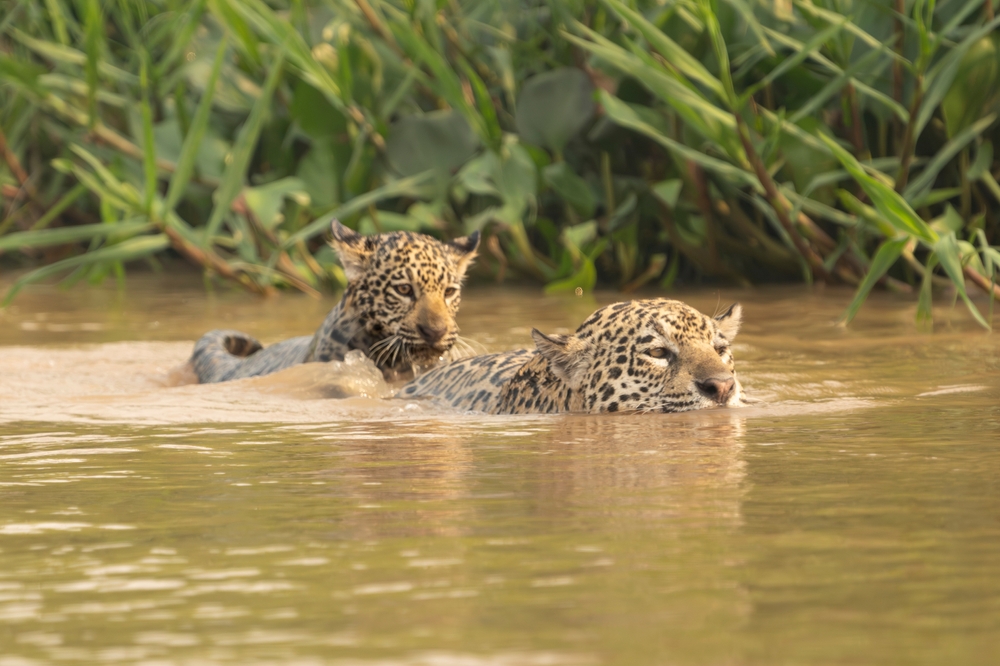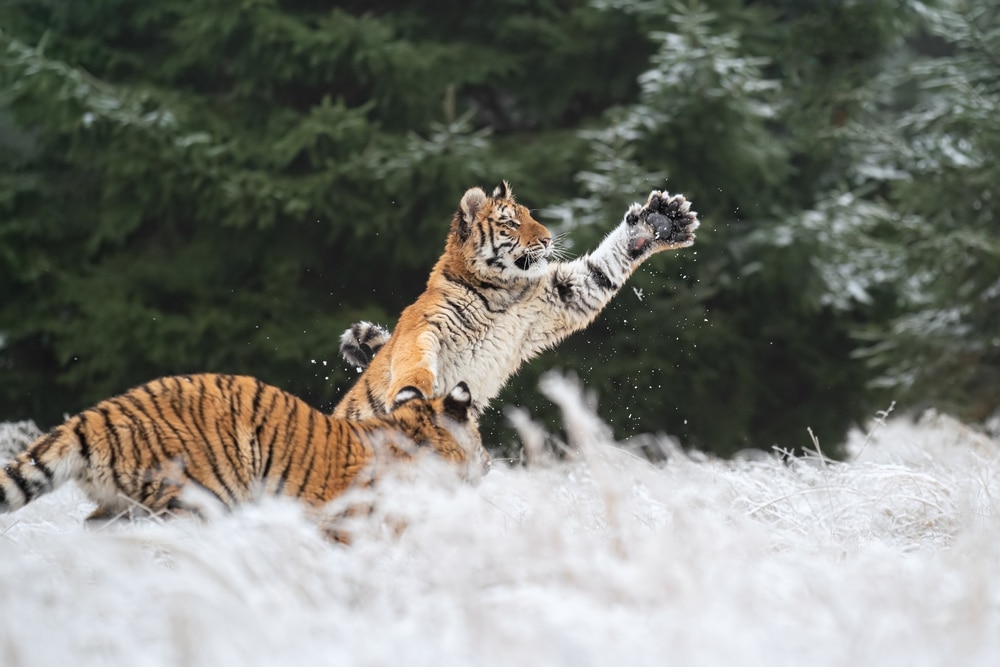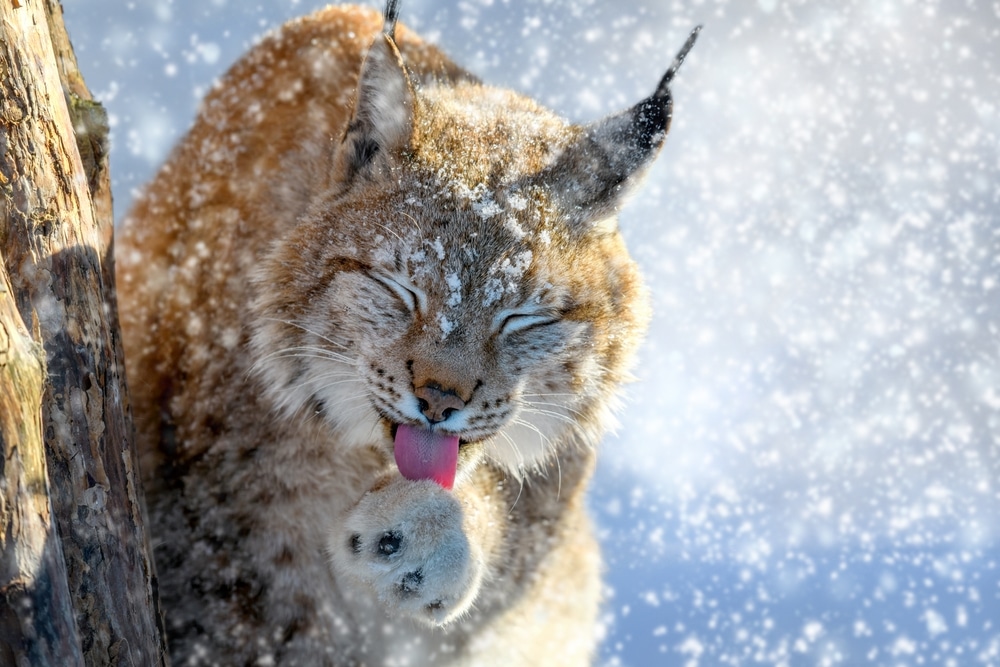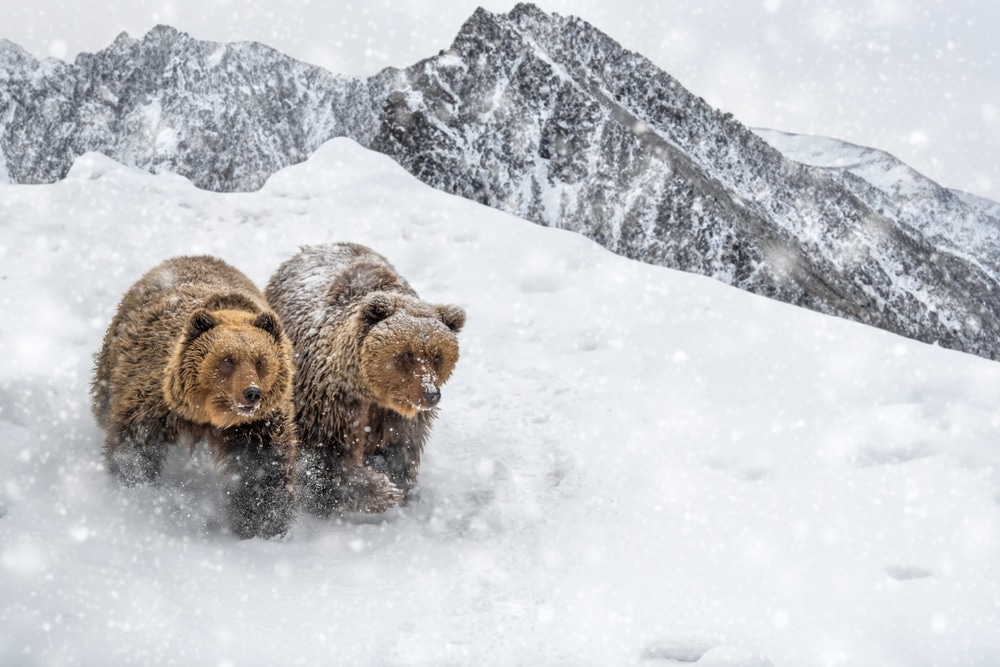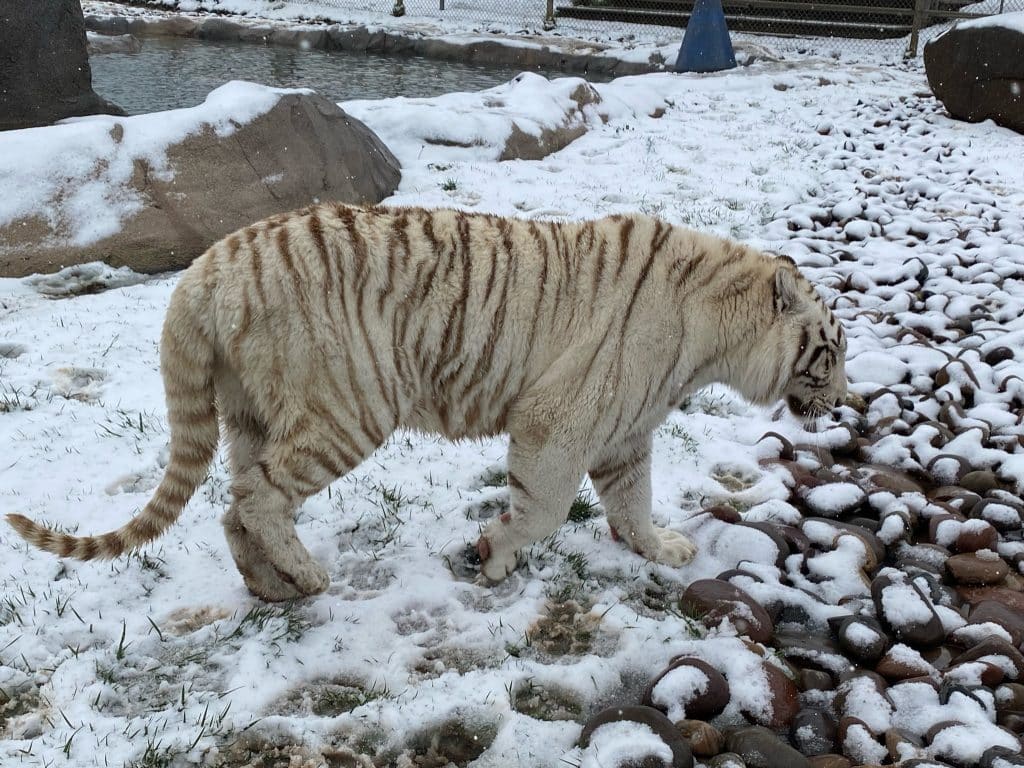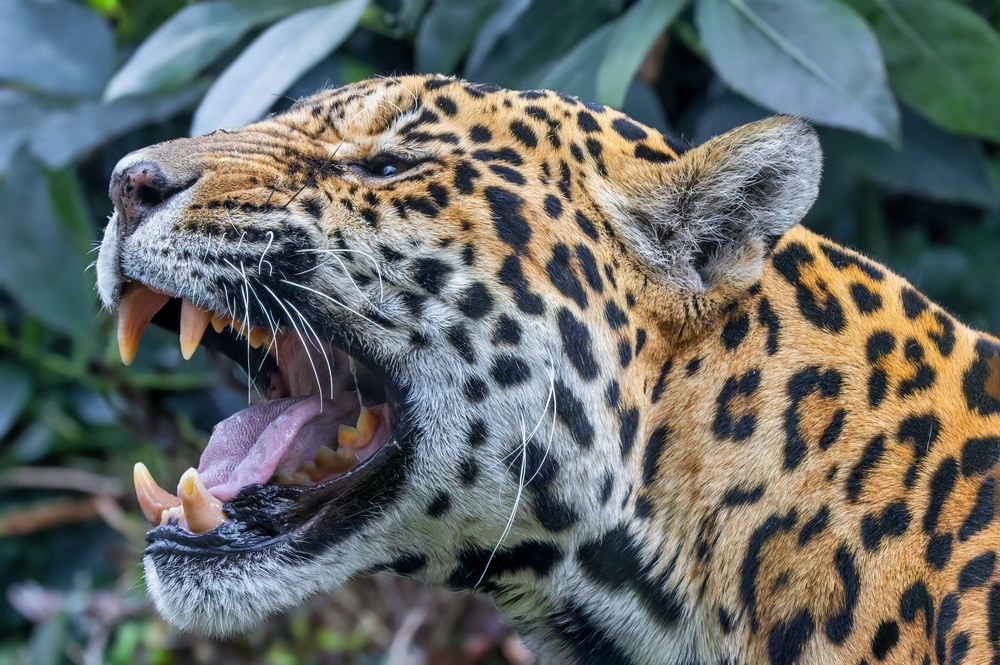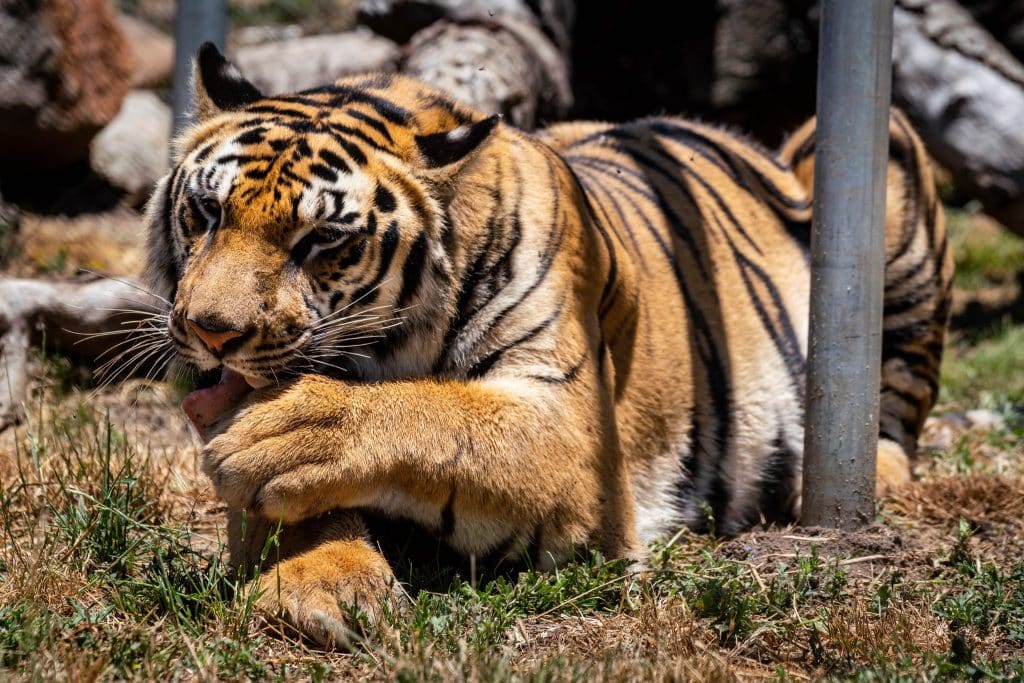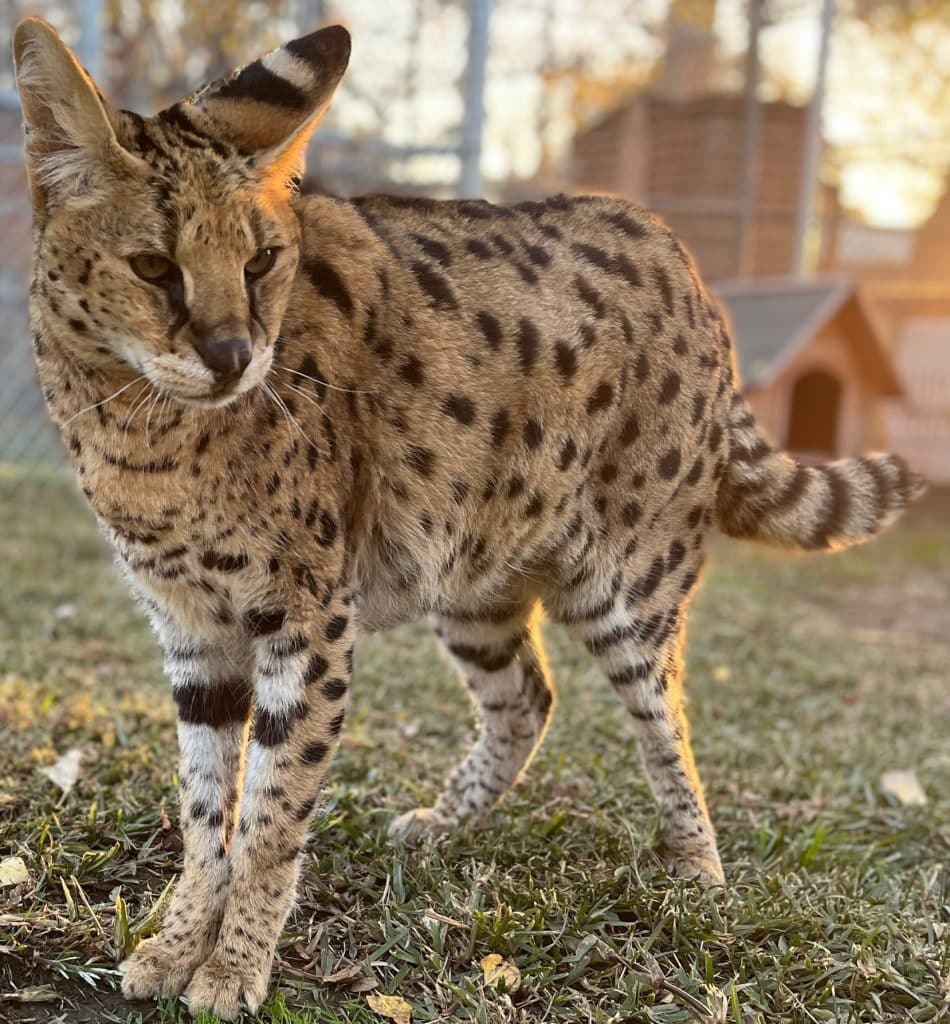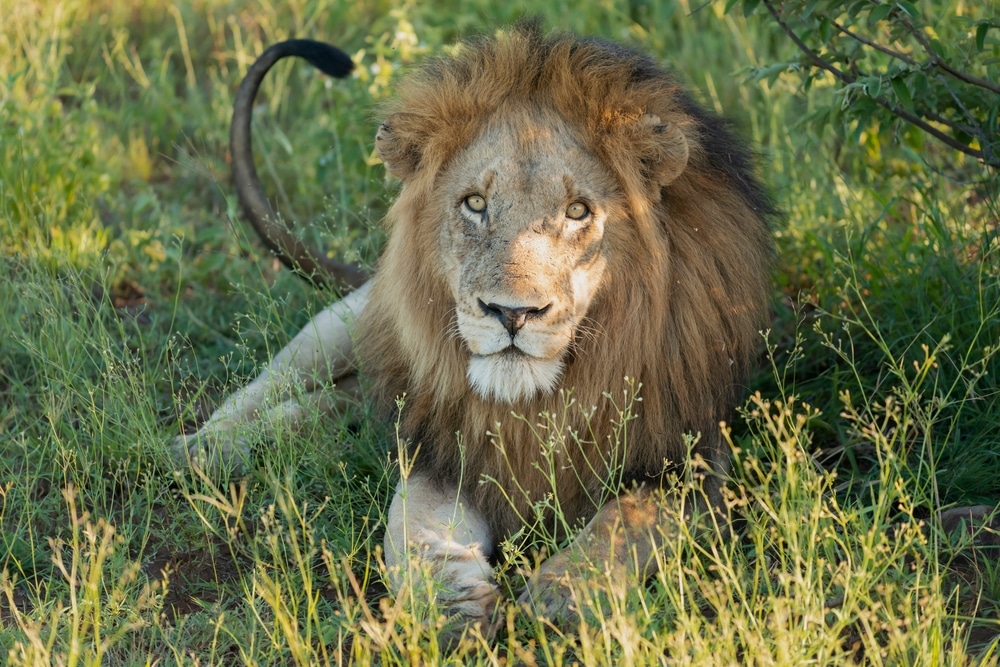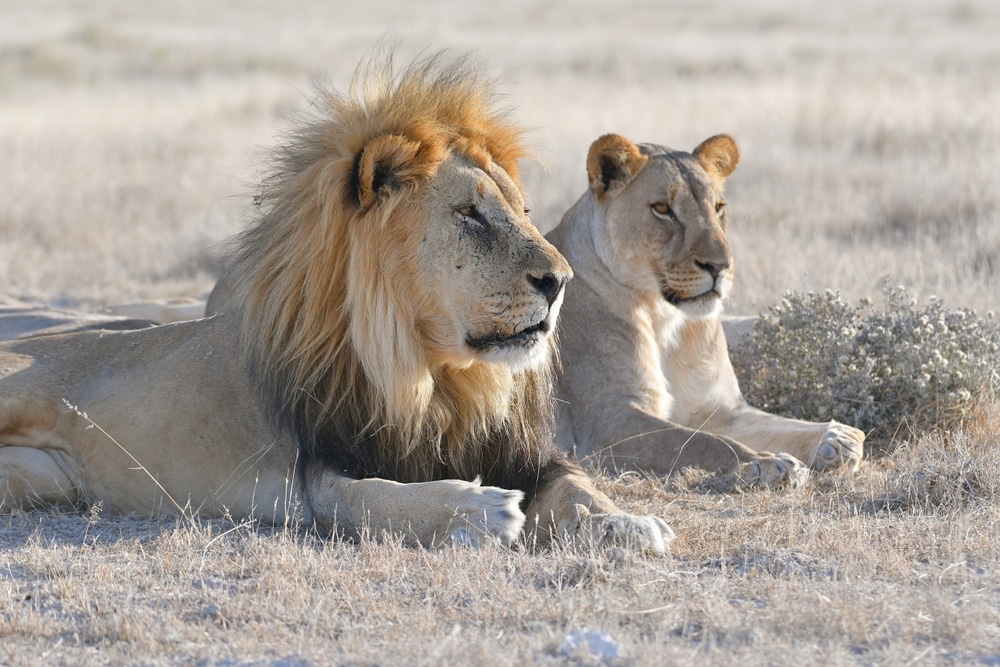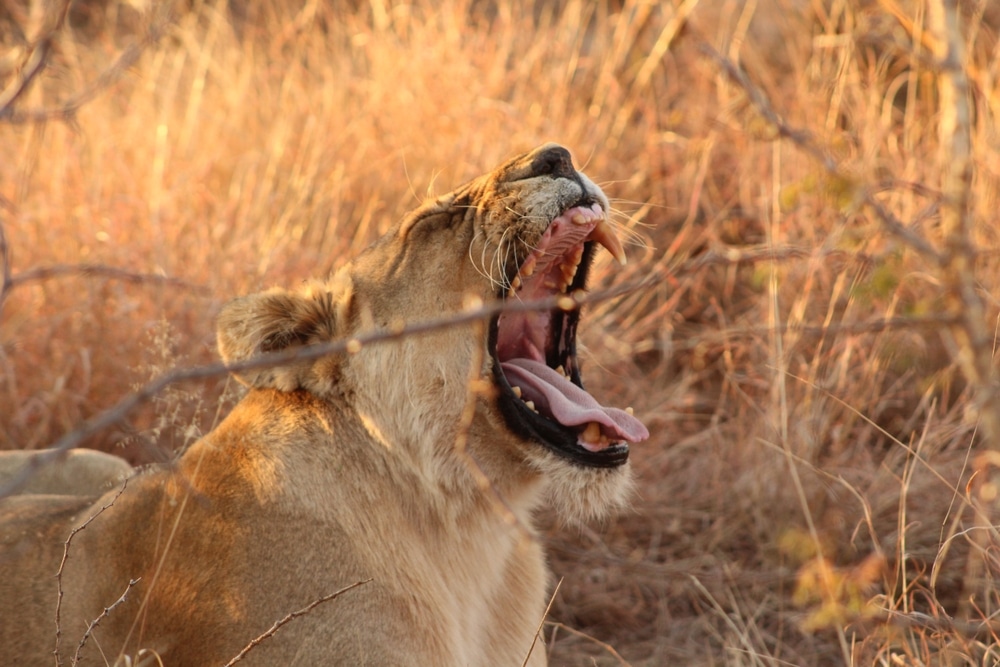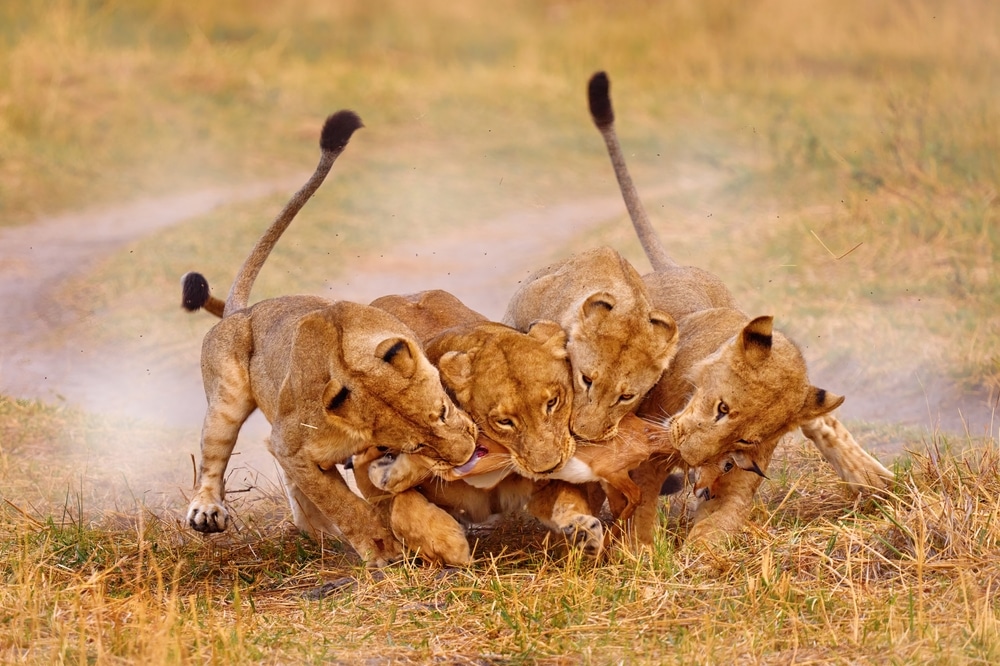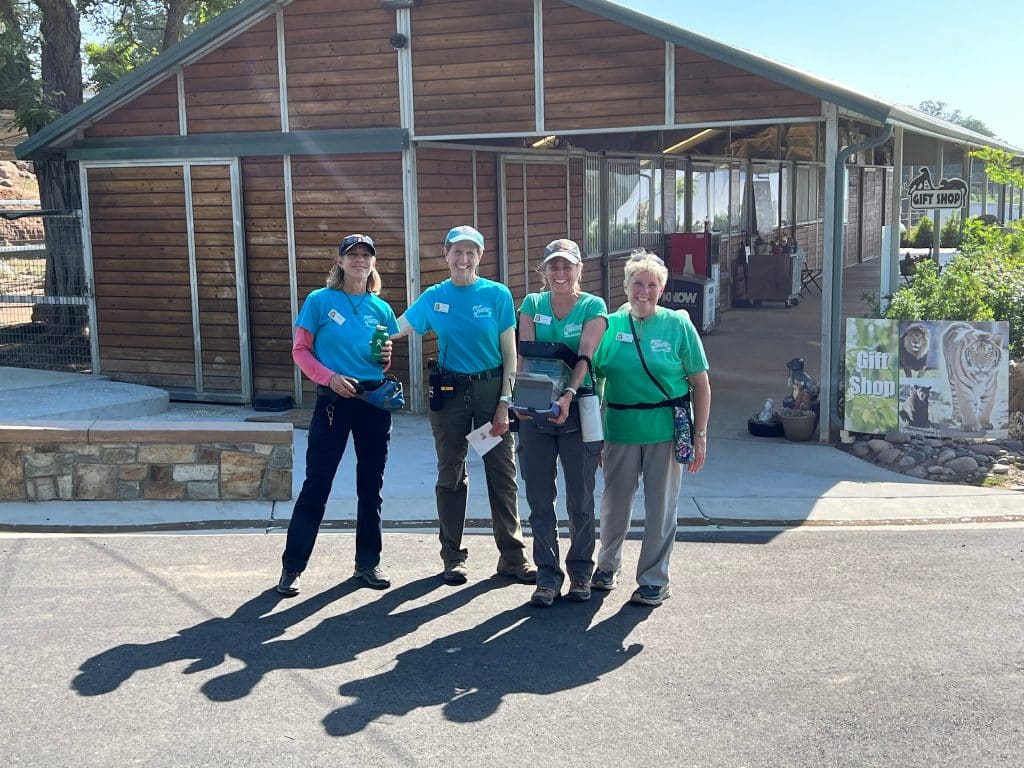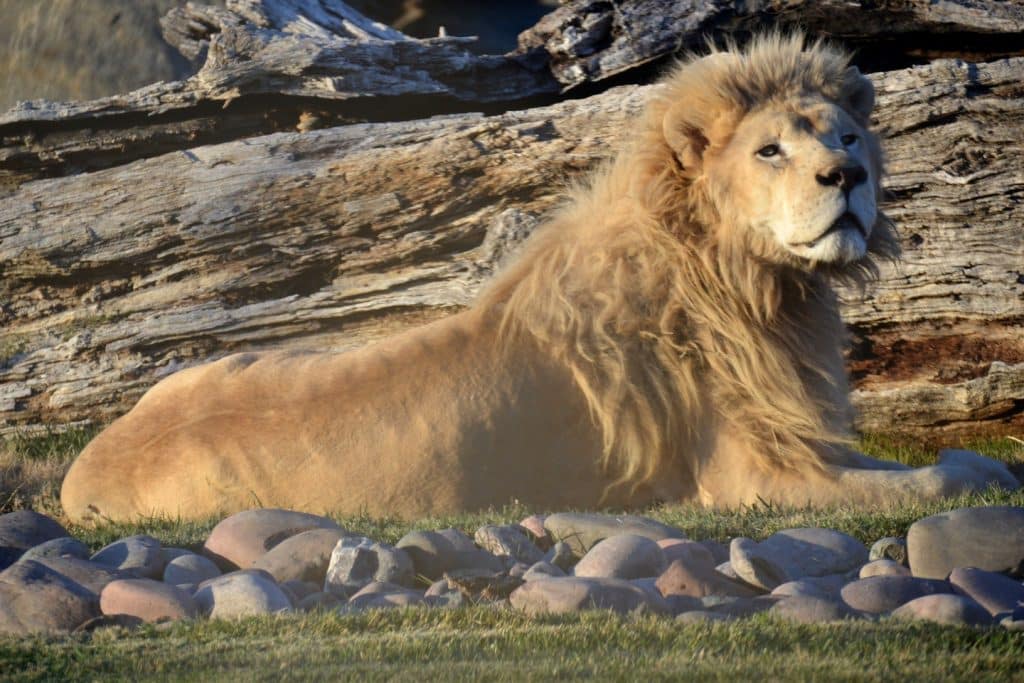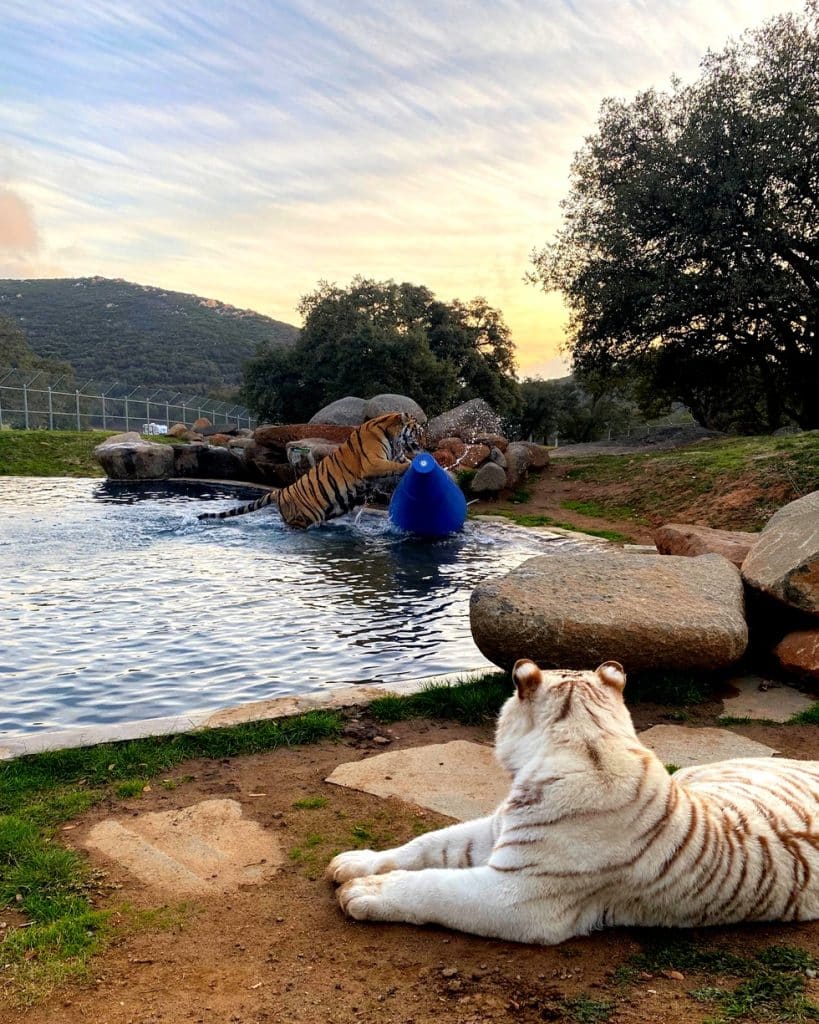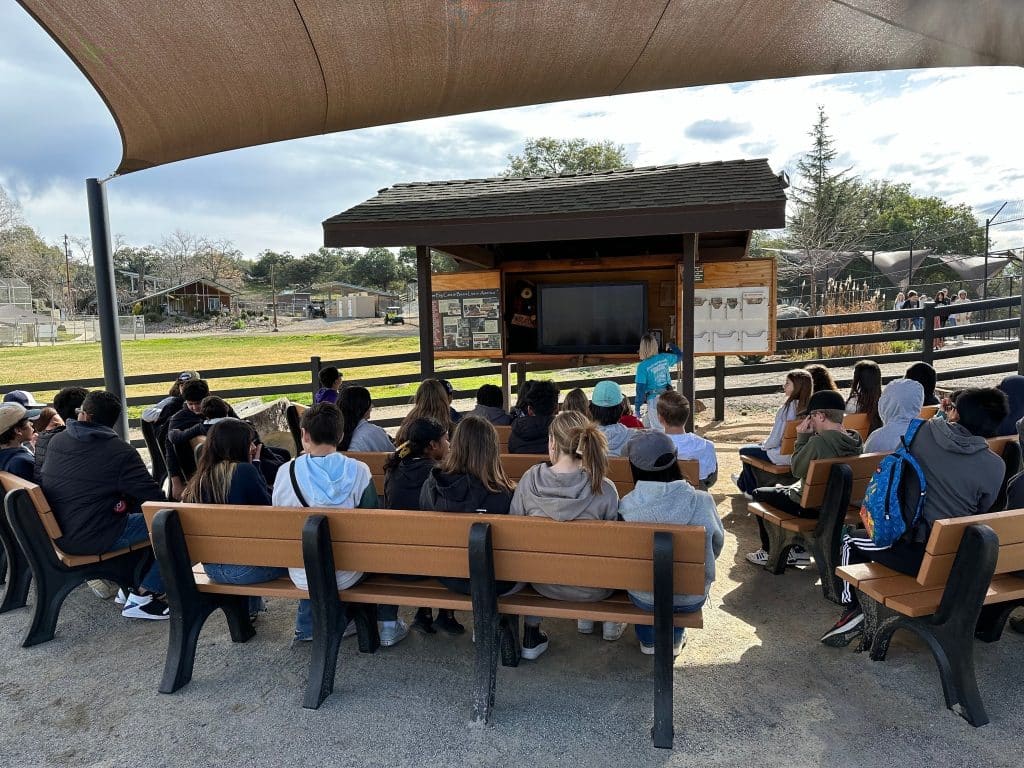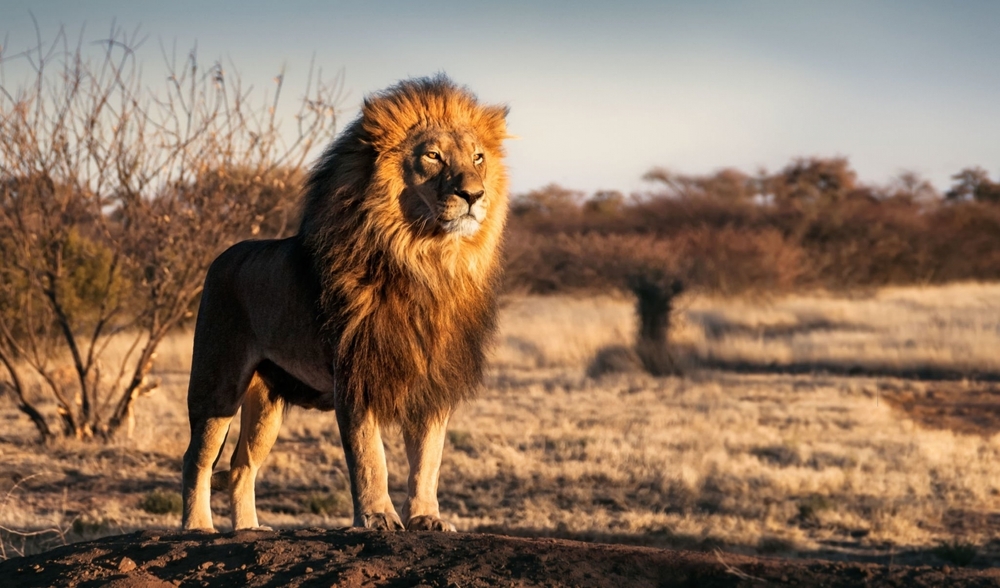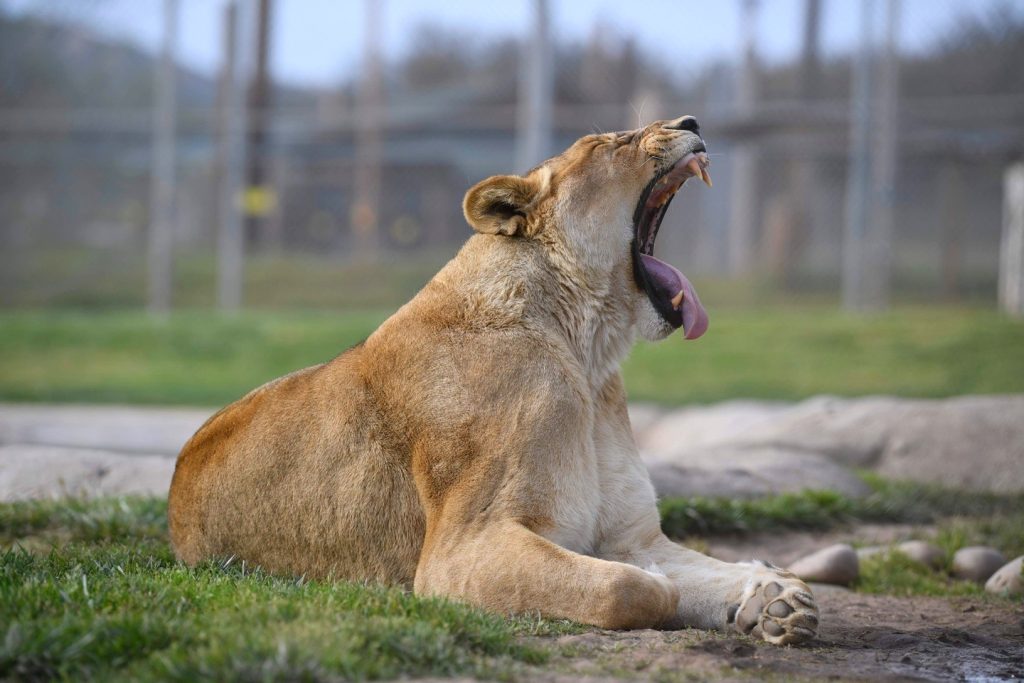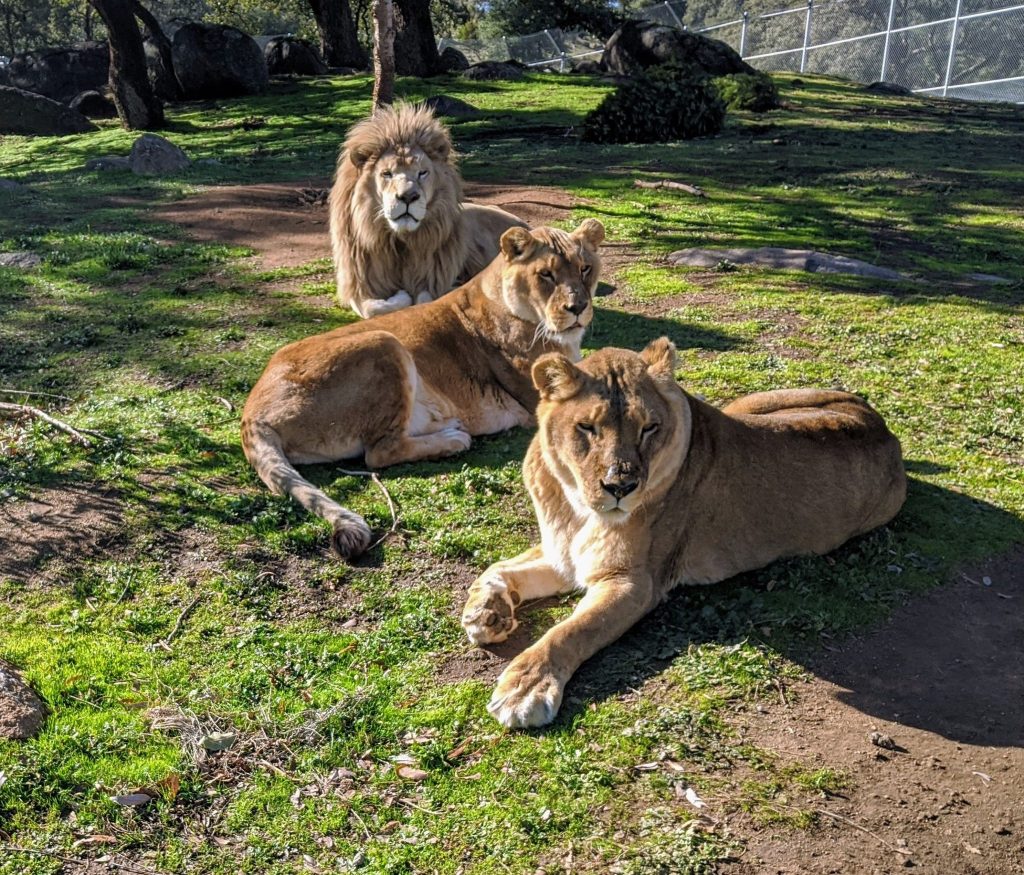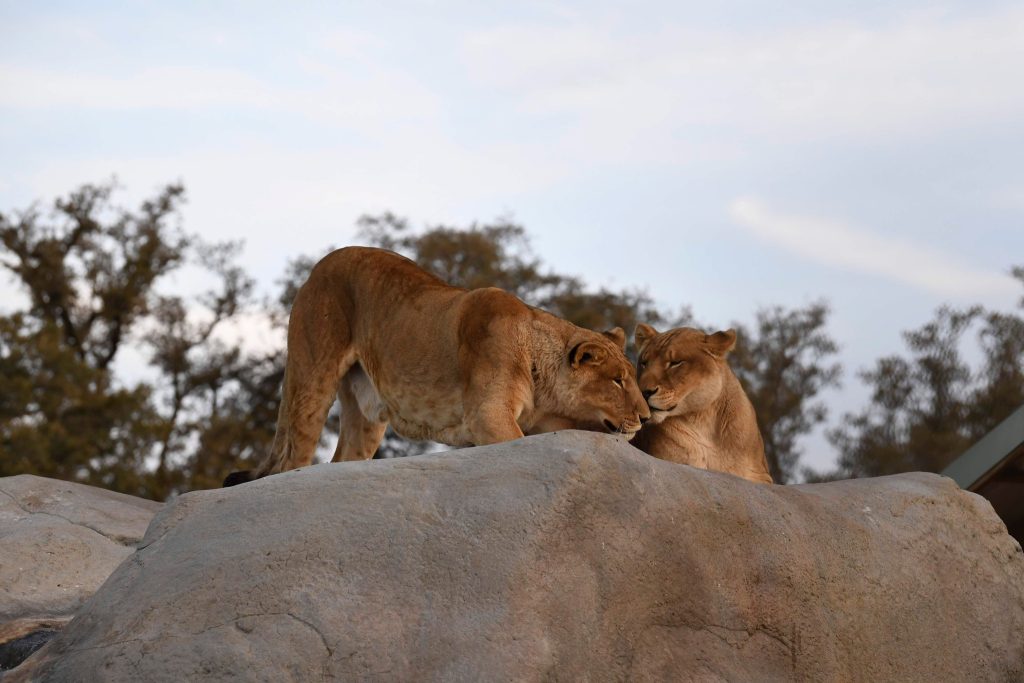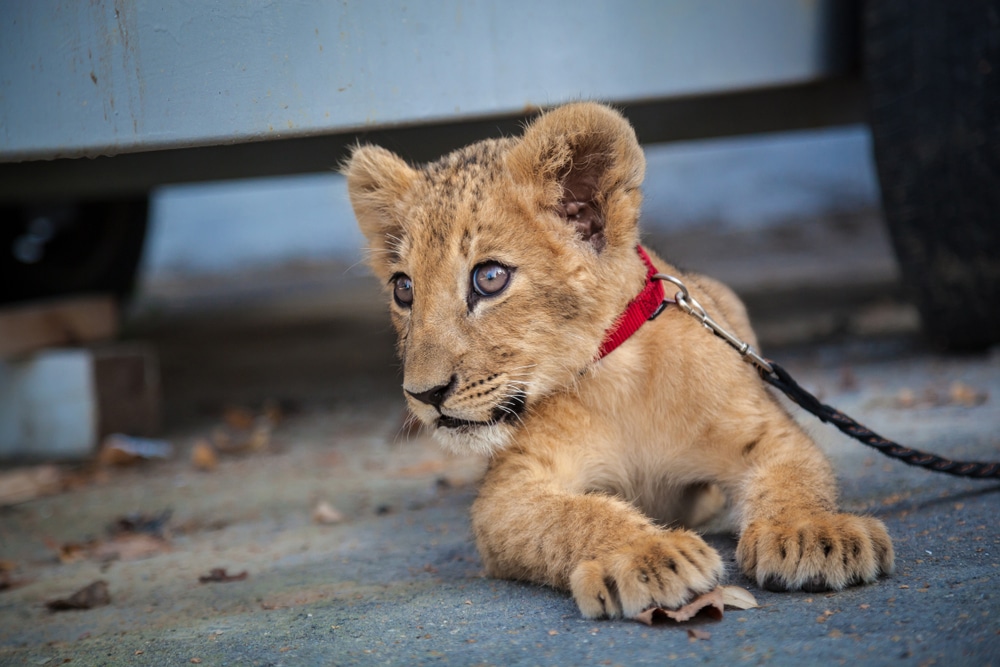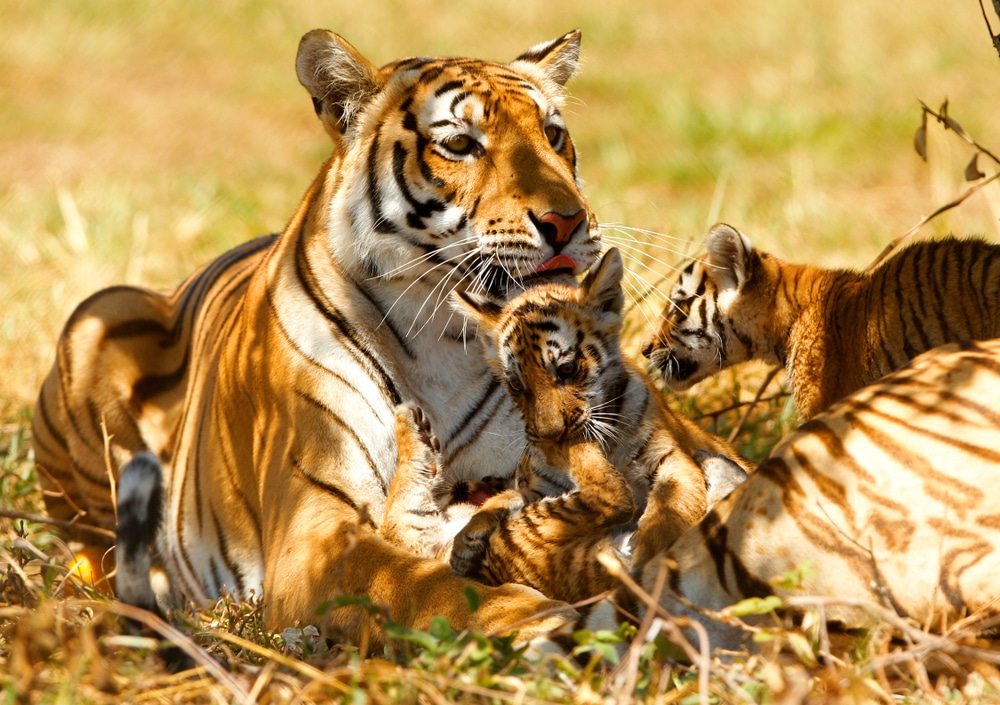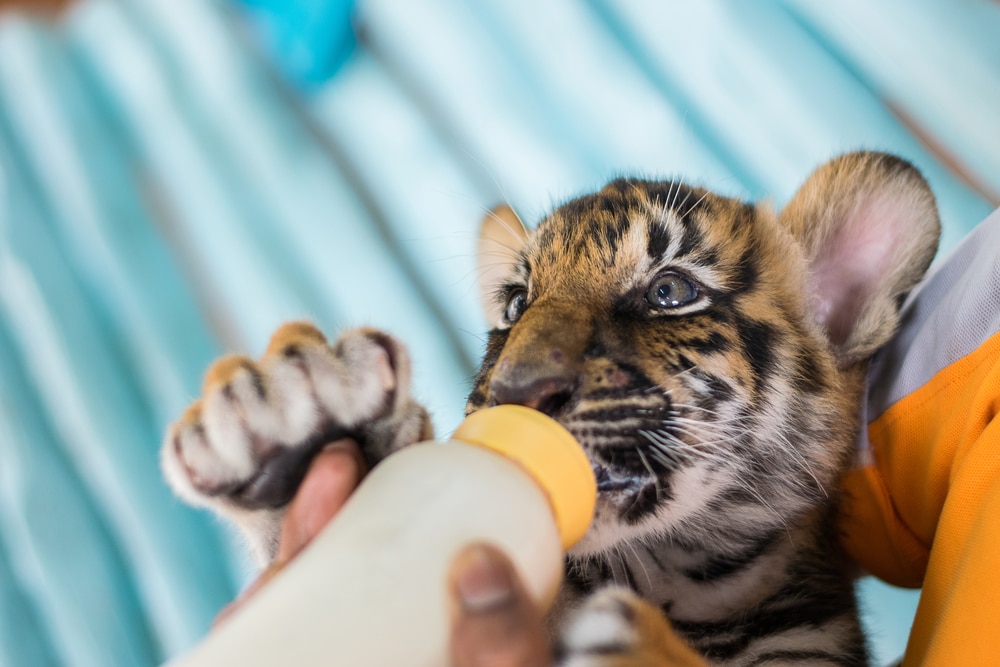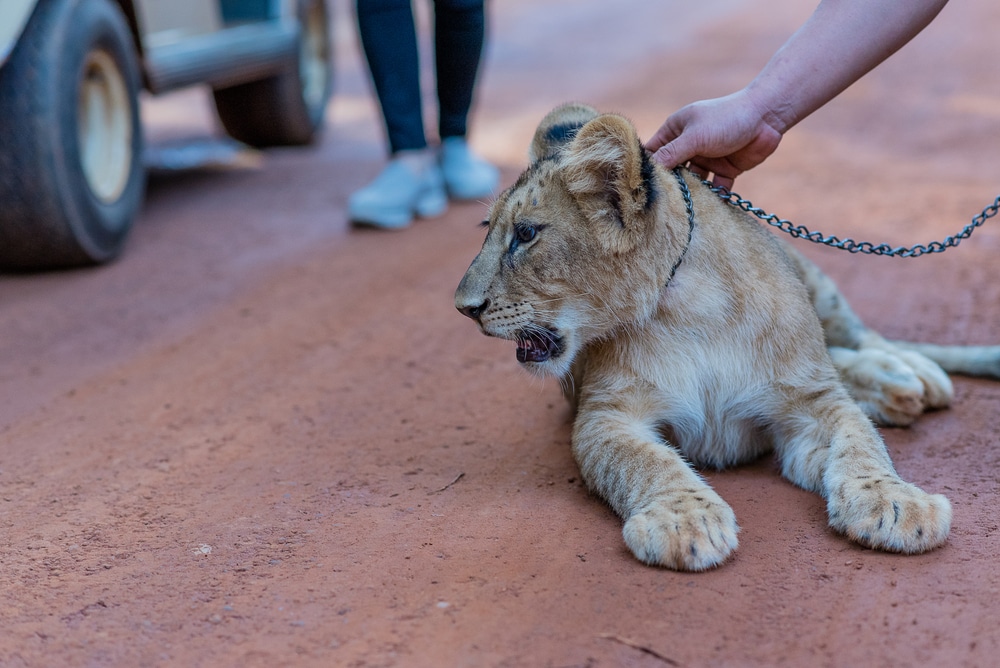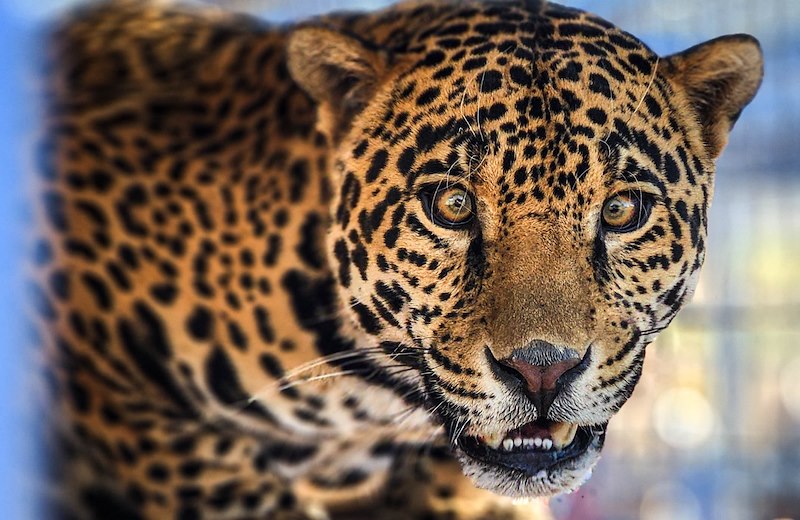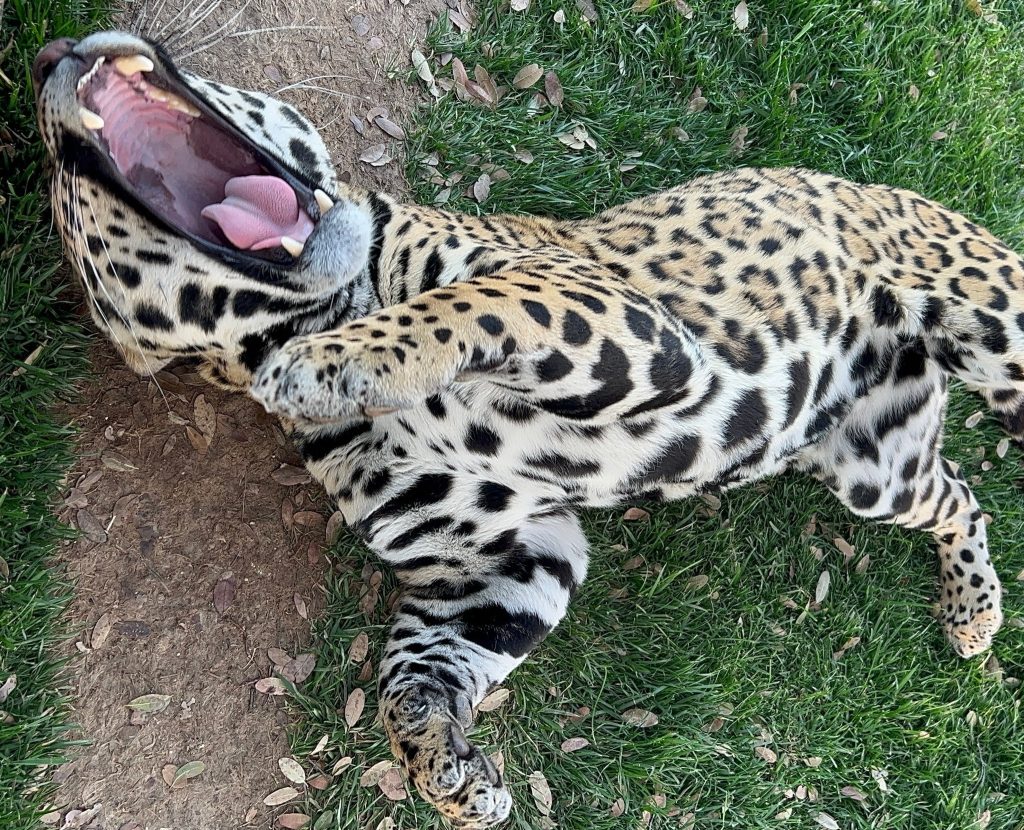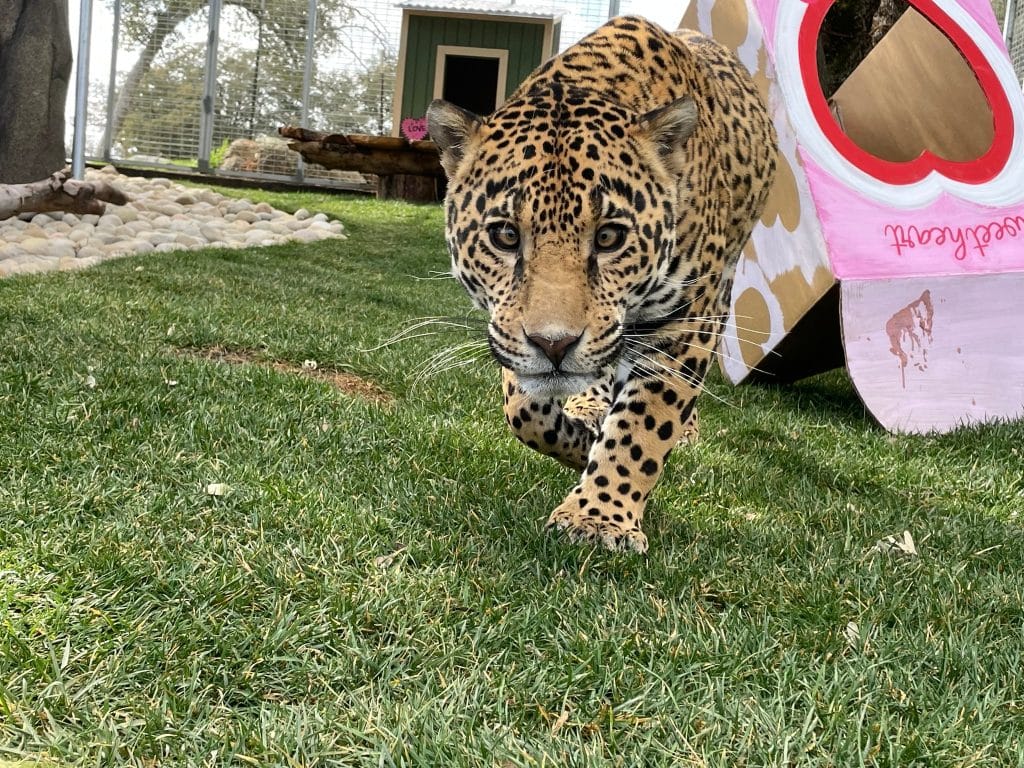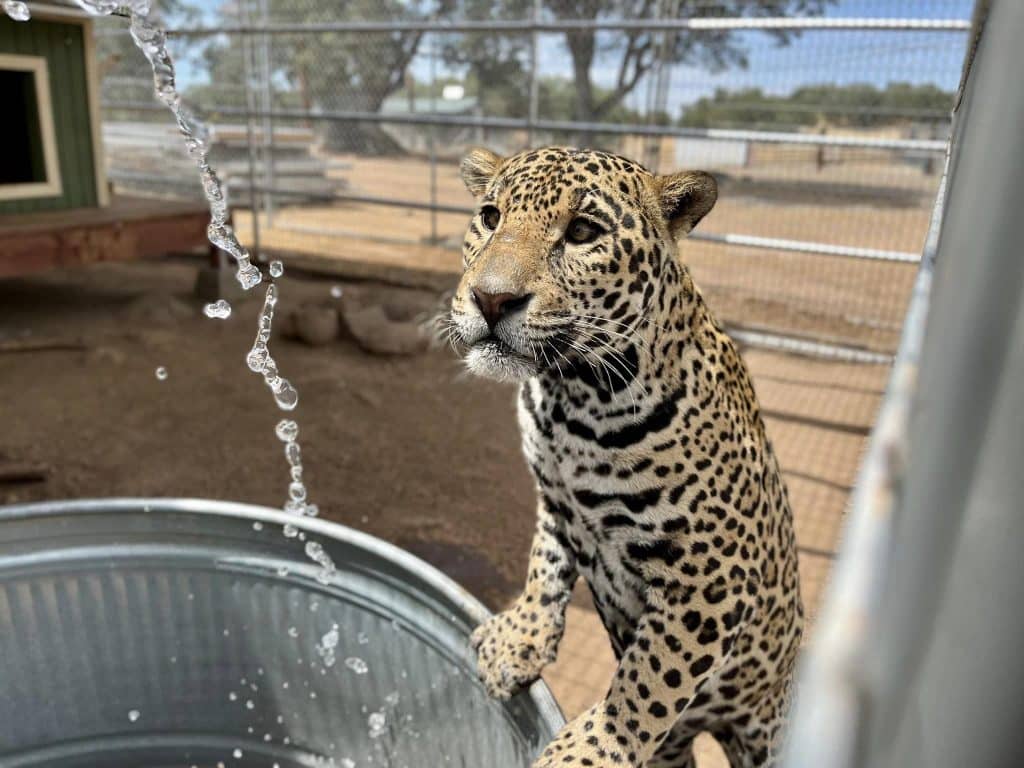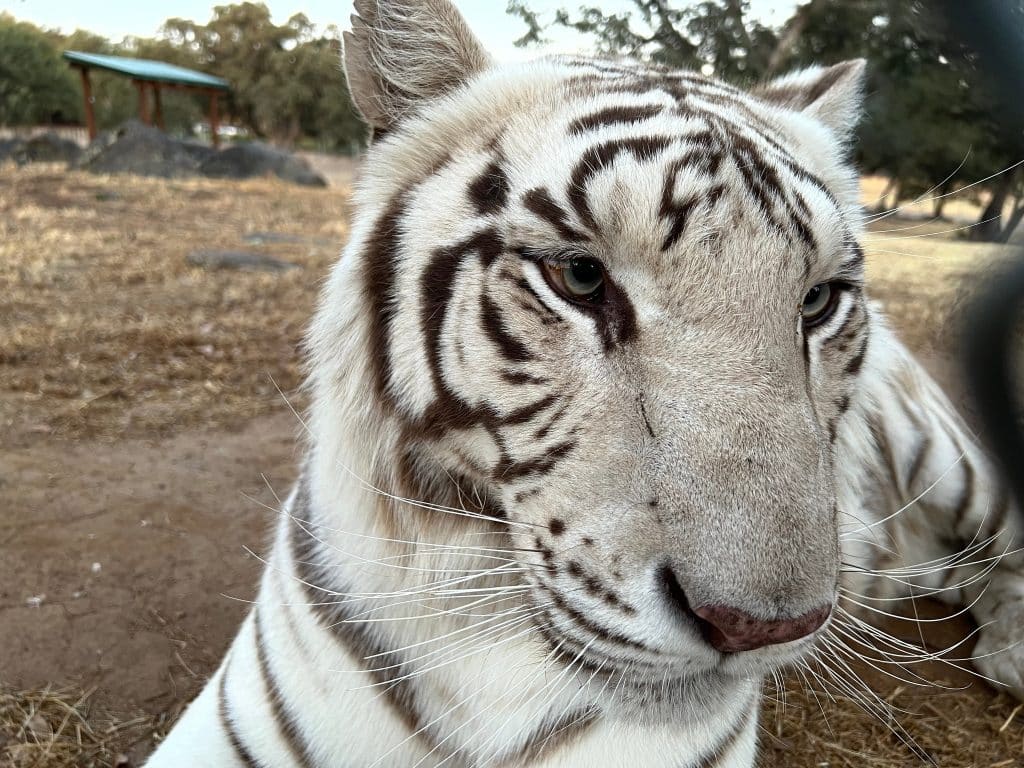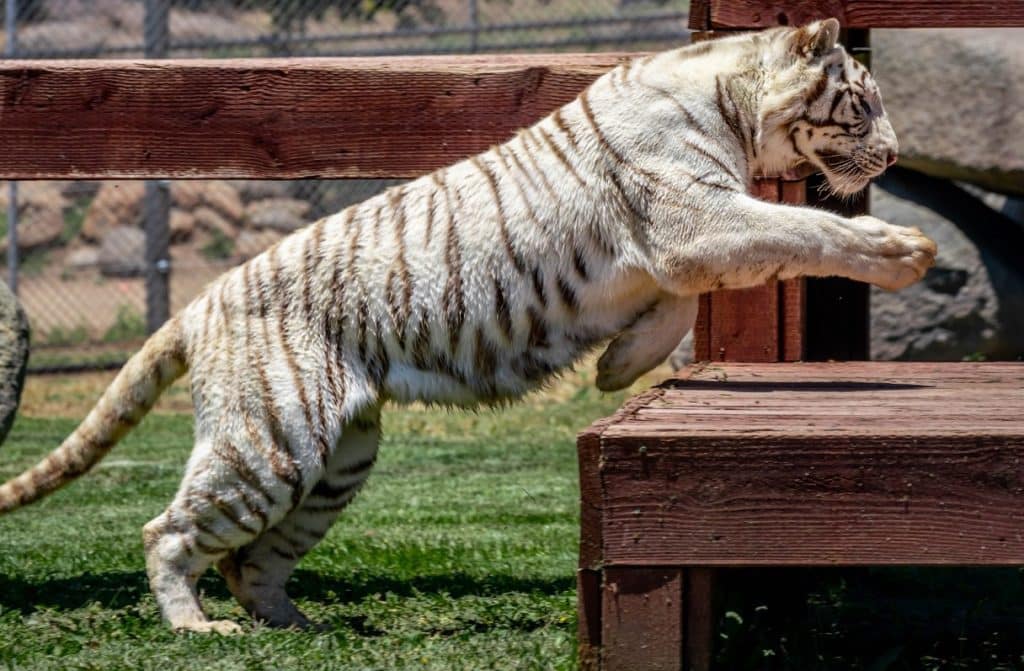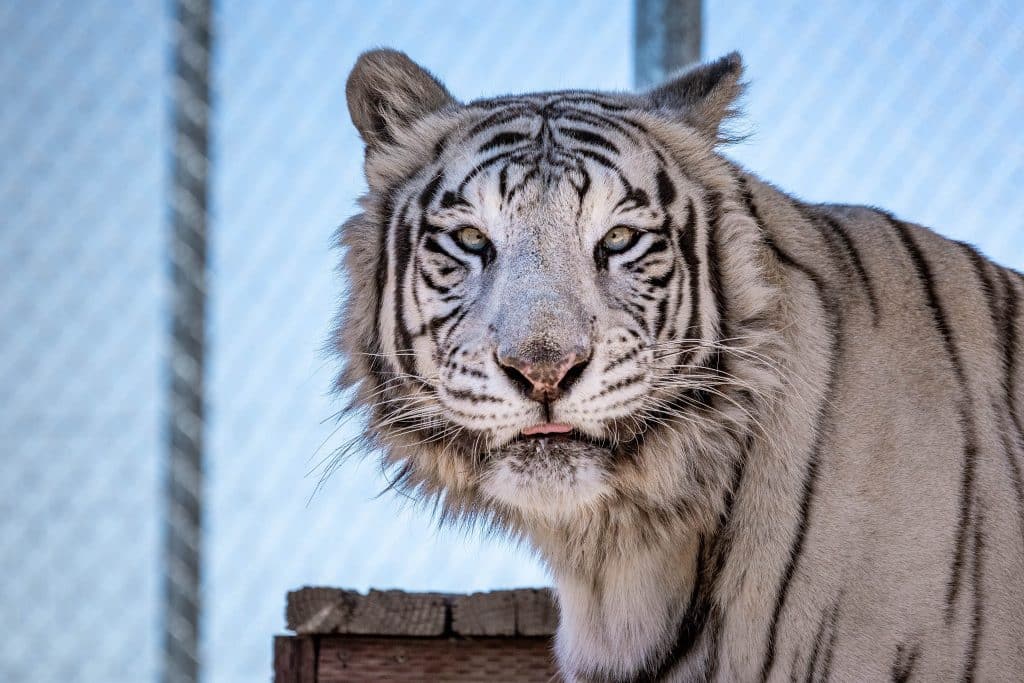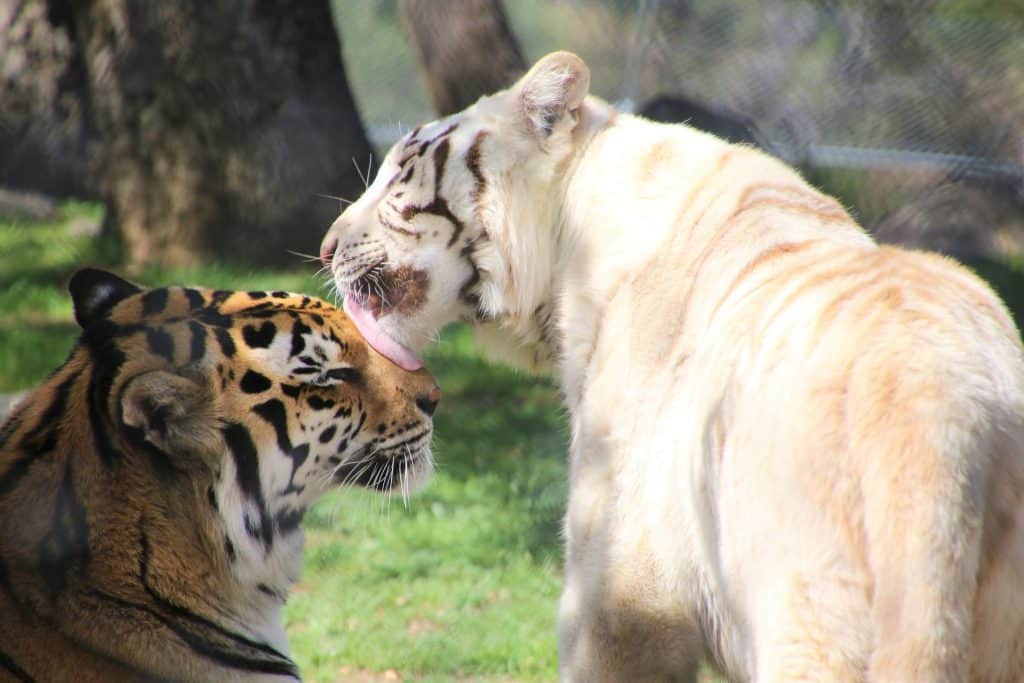What’s a Serval? Africa’s Fascinating Leaping Feline
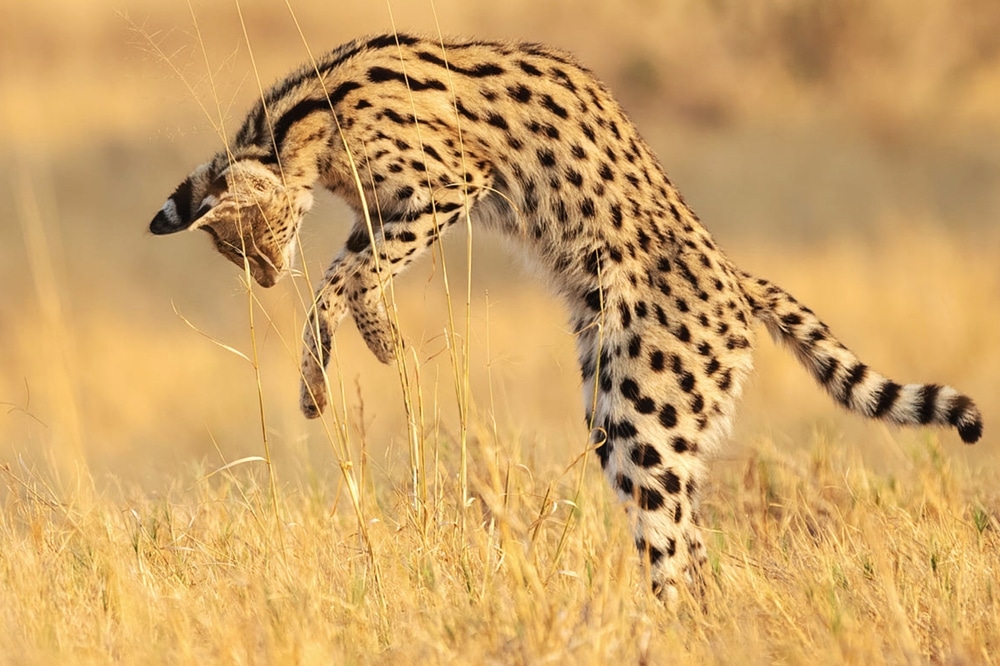
If you’ve never heard of a serval, you’re not alone. Servals are one of Africa’s lesser-known wild cats. They’ve got a striking appearance – much like someone took a little cheetah and gave it extra-long legs, and have exceptional leaping abilities. Imagine a medium-sized cat that jumps higher than your living room ceiling! Amazing, right? Let’s explore some fascinating facts about these leaping felines.
Serval's Striking Appearance: Long Legs, Spots, and a Small Head
A serval has a slender body, very long legs, a small head, and huge ears. Servals have the longest legs relative to the body size of any cat in the world. Those long limbs and unusually long necks have even earned it the nickname “giraffe cat” because it can peek over the tall grass like a giraffe.
The serval’s coat is another eye-catcher. It has a golden-yellow fur patterned with bold black spots and some streaks or stripes along the back and sides. In some places, the spots are so close together that they form a striped effect. This mix of spots and faint stripes often gets servals mistaken for young leopards or cheetahs at first glance.
Each serval’s coat pattern is unique and works as perfect camouflage among the dappled light and high grass of its habitat. Even the backs of their ears have markings – there are white spots on the black ears, which help serval kittens keep track of their mother in tall vegetation.
The extra-long legs and big ears might look funny, but they serve a purpose. These traits are key to the serval’s success as a hunter, as we’ll see next.
Serval's Incredible Leaping Ability and Hunting Skills
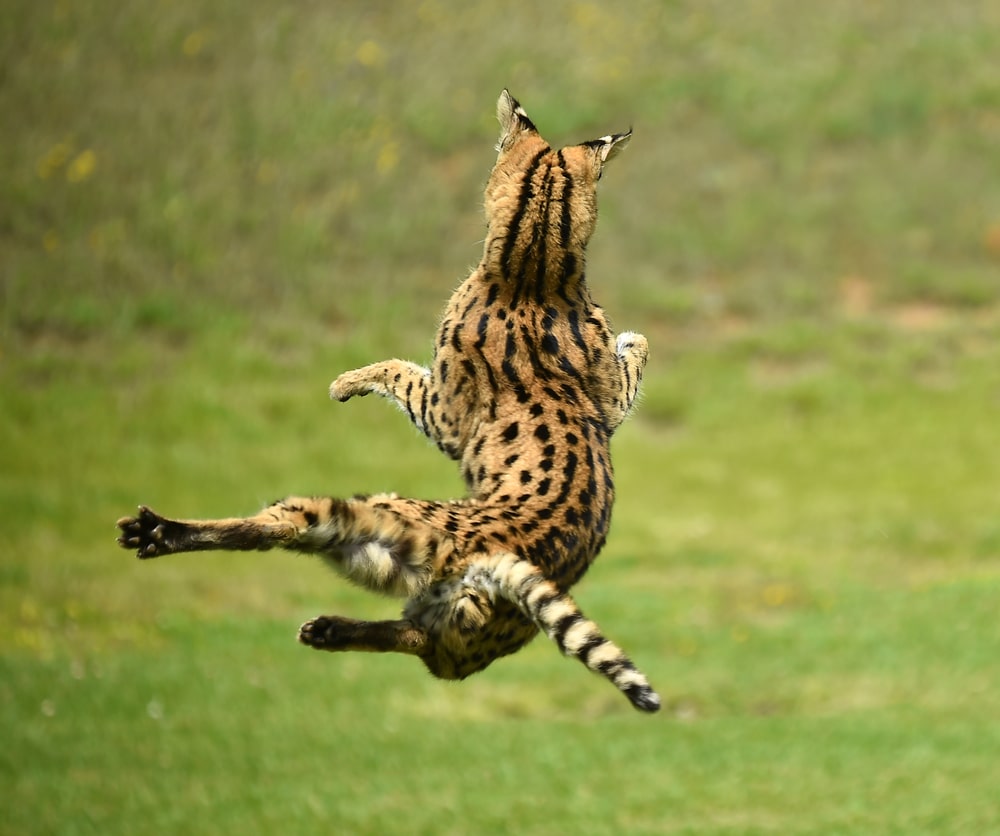
Servals are famous for their incredible leaping ability – they are truly the high jump champions of the cat world! This Savannah cat can jump about 9 feet (2.7 m) straight up from a standing position. These vertical and horizontal powerful jumps help the serval catch birds and other prey that many other predators would miss. A serval can also leap forward over 13 feet in a single bound to land on a fleeing animal. Its long, muscular legs act like springs, launching it with impressive force.
How does the serval know where to jump? The secret is in those huge ears. Servals have the largest ears of any cat relative to their head size. And each ear has over 20 muscles allowing it to rotate up to 180 degrees. They use their ears like satellite dishes, swiveling to pick up the tiniest sounds in the grass.
A serval’s sense of hearing is so sharp that it can detect the high-pitched squeaks of rodents underground. Often, a serval will sit or crouch quietly in the tall grass, listening intently. Once it pinpoints a moving mouse or other prey, it will pounce with a sudden giant leap and land right on target.
Did you know? Servals are so good at hunting that they succeed about 50% of the time, which makes them one of the most successful hunters of all wild cats. By comparison, much larger cats like lions might only succeed less than 30% of the time in their hunts. Interestingly, unlike many other cats, servals don’t scavenge or eat leftovers from other predators. They prefer fresh prey that they catch themselves.
Natural Habitat and Behavior
Servals are native to Africa and are mostly found in sub-Saharan Africa in countries across West, Central, East, and Southern Africa. They thrive in habitats that offer plenty of cover and water. The ideal serval home is a savanna or grassland with tall grasses and maybe some wetlands or marshy areas nearby.
They also love tropical regions with reed beds, marshes, and rivers because these spots are full of frogs and rodents and provide good hiding places. The tall grass is their ally – it lets them stalk prey invisibly and also hide from larger predators. In fact, the serval’s spotted coat blends perfectly with the streaks of light and shadows in tall grass and reeds.
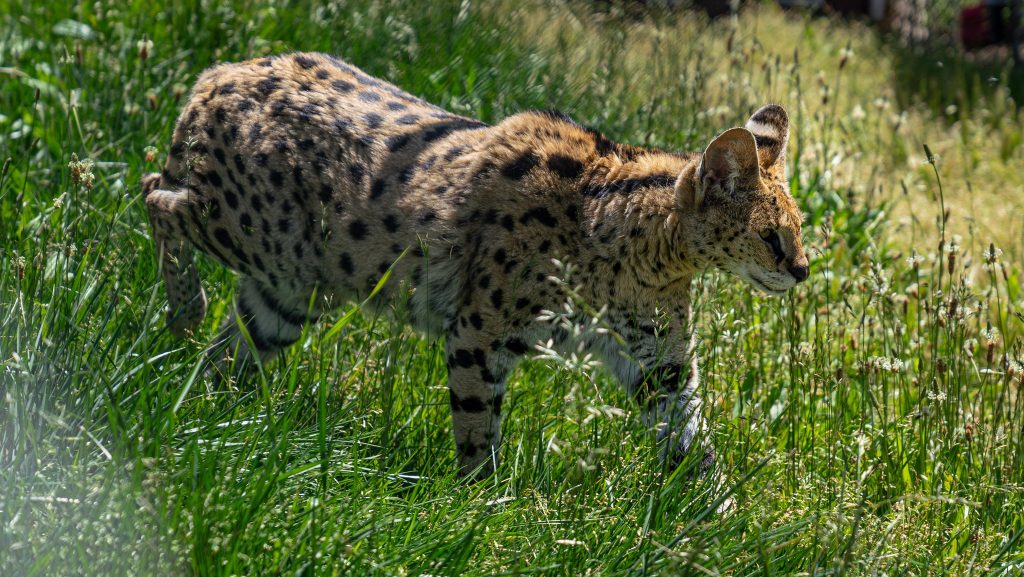
Habitat loss is a real threat to servals – especially the loss of wetlands which host many of their prey. Thankfully, servals are quite adaptable and can sometimes adjust to new areas if their old habitat is disturbed. Still, they do best in protected natural areas where the ecosystem is intact.
In terms of daily life, servals are mostly solitary animals. They are not pack animals and don’t live in big groups. A male serval roams a territory that might overlap with those of a few females, but they generally live alone and only seek each other out to mate.
There is no strict breeding season for servals – they can mate any time of year when conditions are good. After a roughly 2 to 2.5 month gestation, the female gives birth to a small litter of 1 to 3 kittens in a hidden den (often a clump of tall grass or an old burrow). The kittens are born with their eyes closed and totally dependent on their mother. Mom will move them from place to place to keep them safe from predators. She raises the kittens alone – the father doesn’t help.
Young servals grow quickly; by about 6 months old they can hunt for themselves, and the mother will start nudging them to become independent (especially the young males). Female offspring might stay with the mother longer, sometimes close to a year or more, but eventually they all go off on their own. In the wild, a serval lifespan is around 10 years, but in captivity, it can be up to 20.
Servals are crepuscular, meaning they are most active at dawn and dusk. This helps them avoid the midday heat of the African sun. They will also hunt at night if needed. During the hottest part of the day, a serval often rests in the shade or lounges in tall vegetation.
Interestingly, servals don’t mind water – they are known to play in water and will even sit in shallow water to cool off or hide. Their fur is somewhat water-repellent, so they can shake off and dry quickly. This is quite different from many other cat species that avoid getting wet.
Even though servals are not classified as an endangered species globally (most populations are doing okay), they still face plenty of challenges. Humans are the main threat, through habitat destruction and hunting. In some areas, servals have been hunted for their beautiful fur or persecuted by farmers (since a serval might snag a chicken if given the chance). The illegal exotic pet trade has also become a growing concern.
Why Servals Should Not Be Pets
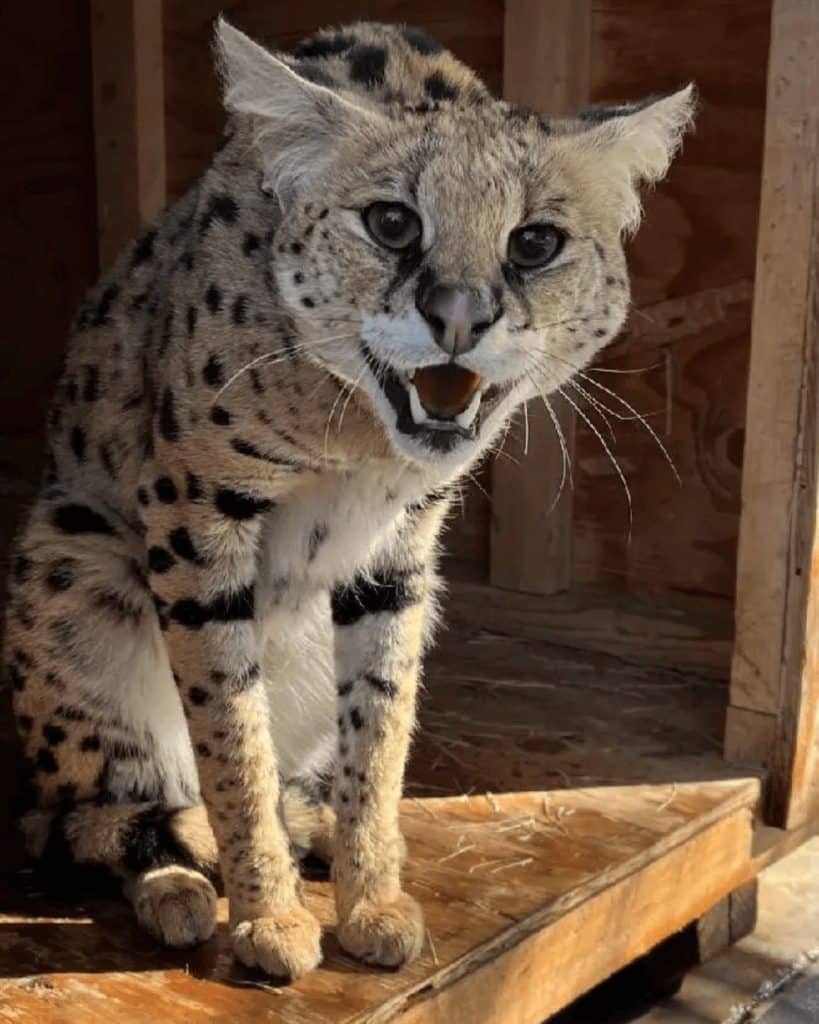
It might be tempting to think, “Wow, a serval is so beautiful and cat-like. Wouldn’t it be cool to have one as a pet?” In truth, serval cats can be dangerous and are not suited to life as pets. Remember, a serval is a wild animal through and through – even if it is born in captivity. Here are a few reasons why servals should not be pets:
- Servals have strong predatory instincts and territorial behaviors that don’t disappear in a home. Even a highly-trained serval can suddenly act on its wild urges – like stalking a smaller house pet or scratching/biting if stressed. They may also spray urine to mark territory, which is not pleasant in a house.
- In the wild, servals eat fresh whole prey. It’s hard to mimic that diet with grocery store cat food. Servals need lots of protein and calcium from bones, organs, etc. Maintaining a serval’s proper diet in captivity is challenging and expensive. Many pet servals suffer malnutrition because their owners can’t meet these needs.
- Servals are very active and need room to run, jump, and explore. They can leap onto high shelves or escape enclosures that aren’t extremely secure. A typical home is far too small, and keeping a serval confined can cause them great stress, which can lead to behavioral problems. They really need a large outdoor enclosure like an accredited wildlife sanctuary to roam safely.
- In many places, owning a serval (or any wild cat) is illegal without special permits – and sometimes it's illegal outright. These laws exist because servals are considered dangerous and to protect the species from exploitation. An individual keeping a serval could face legal trouble, and the cat could be confiscated.
- Unlike domestic cats that have been bred for thousands of years to live with humans, servals do not naturally bond with people. They are solitary by nature and can become stressed or aggressive if forced into constant human interactions. A serval might tolerate its owner, but it will never behave like a cuddly house cat.
The bottom line is, servals are wild animals and are best left in the wild. No matter how fascinating or beautiful they are, they belong in their natural habitat, not in our homes.
The Rising Interest in Exotic Pets (and Why Servals Belong in the Wild)
In recent years, there’s been a rising public interest in exotic pets like servals. Social media and online videos show people with cute wild cat cubs, or walking their serval on a leash, which can spark curiosity.
It’s important to look beyond the glamour and understand the reality. The exotic pet trade often harms the animals that are caught up in it. Many servals in the pet trade are taken from the wild or bred in poor, inhumane conditions. This demand also encourages the poaching, smuggling, and breeding of wild animals, which puts enormous pressure on wild populations.
When someone buys a serval kitten, they may not realize how quickly it will grow and how wild it will remain. As we discussed, owners cannot meet the needs of a serval long-term. Sadly, what often happens is the serval becomes unmanageable or aggressive, and the owner gives it up. Many times, these animals end up being abandoned, sold or killed.
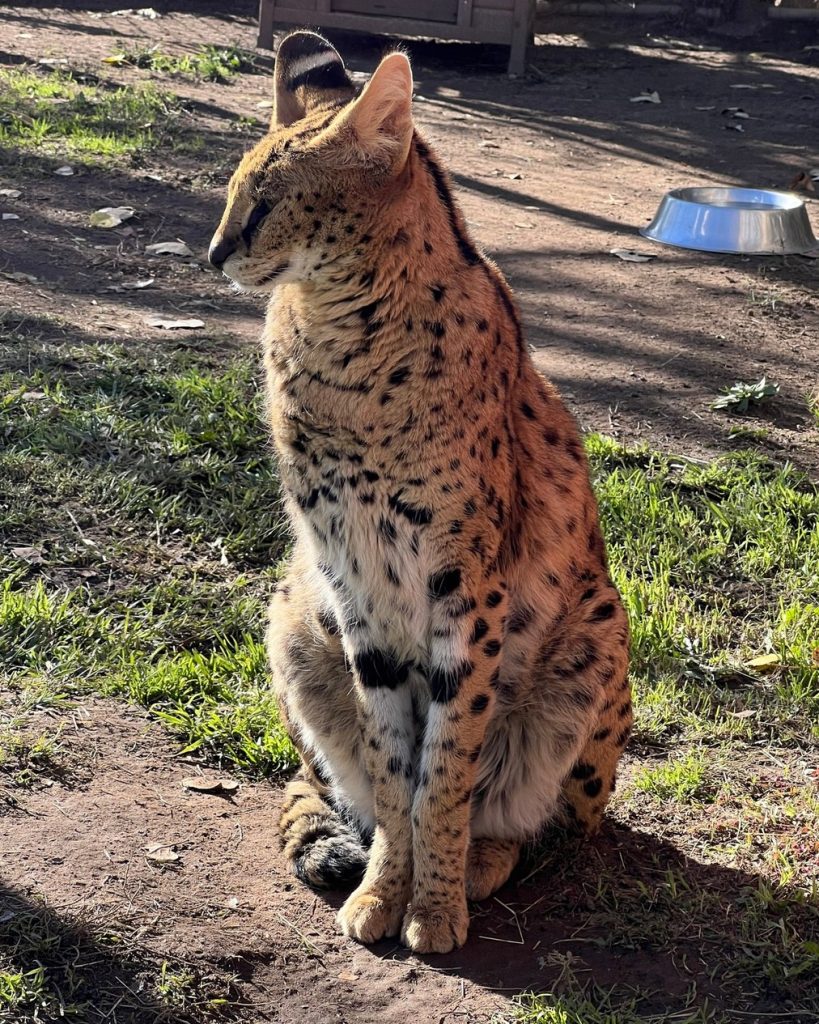
Accredited sanctuaries like Lions Tigers & Bears and others step in to care for these animals for the rest of their lives. These sanctuaries are doing wonderful work, but they have limited space and resources. Preventing the problem in the first place – through education we can discourage exotic pet ownership – is crucial to avoid unnecessary animal suffering.
Moreover, taking wild animals like servals out of their ecosystem has a broader impact. Servals play a role in controlling rodent populations in their environment. If too many are removed (or if local populations decline due to habitat loss or poaching), it can upset the natural balance. Every wild species has its place in the natural history of their ecosystem.
The public’s interest in servals can be positive if it leads to more support for conservation, and a general appreciation for wildlife. But the way to appreciate a serval is to see it in the wild (if you’re lucky to go on a safari) or in a reputable wildlife sanctuary or zoo – not to keep it as a pet.
Remember: Servals are fascinating, beautiful, and important wild cats, but their home is the African savanna, not a living room. If you’re curious about servals like our resident Denali, please continue to learn and perhaps even become an advocate for rescue and conservation efforts that protect their habitat. You can also simply share these fascinating facts with others who find wild cats interesting!
